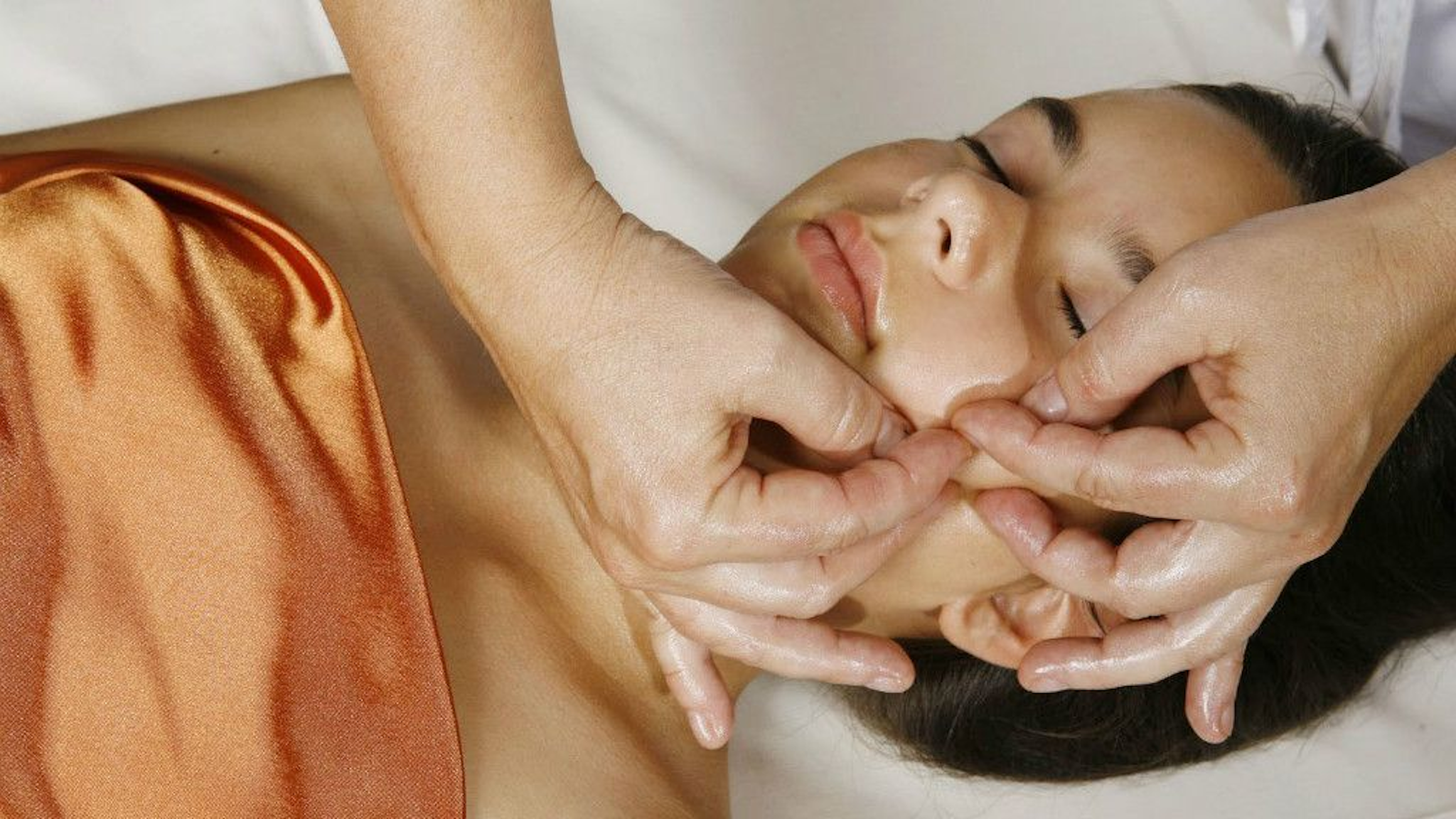
Myofascial Massage Therapy
Myofascial release therapy is a massage technique that focuses on relieving pain in your myofascial tissues. These are the thick connective tissues that support your muscles.
About Myofascial Tissue
Your myofascial tissue is a network of tissue that spreads throughout your entire body. It connects your muscles, joints, and bones. It also supports your organs, helping keep them in place.
If you could see it, your fascia would look like a single sheet of tissue. However, multiple layers work together. Between these layers is a liquid called hyaluronan that provides stretch and encourages free range of movement. When this liquid becomes thick, sticky, or dries up, it can impact the surrounding body parts.
When you feel stiffness or pain in your body, it can originate from different tissues. Myofascial pain is different from other types of pain because it occurs in places where your myofascial tissue meets or crosses. Myofascial pain may be difficult to identify because it can radiate from the area and spread.
Usually, this tissue feels more elastic and movable. Tight myofascial tissue can restrict movement in your muscles and joints. As you move differently to compensate for the loss in movement, you can cause additional tightness without realizing it. This can lead to widespread pain and discomfort.
Understanding Myofascial Release Therapy
During a myofascial release massage, your therapist spends time feeling your myofascial tissue for areas that are particularly stiff and tight. These are the places that cause you to feel pain, even if it's radiating to other areas.
Other types of massage may be relaxing, but myofascial release therapy is often intense and painful. Your therapist will use their hands to massage and stretch your myofascial tissue and eliminate knots.
In some cases, a therapist will use additional tools like a foam roller or ball to aid in separating the tissue. You may feel sore immediately following a myofascial massage, but the results often include an increased range of motion and less pain and stiffness.
Myofascial tissue will often become tight in the following areas:
Arms, Calves, Feet, Head, Hips, Jaw, Lower back, Neck, Quads, Shoulders
Benefits of Myofascial Release Therapy
A single myofascial massage won’t offer long-term relief. However, regularly receiving myofascial release therapy can:
- Improve range of motion
- Reduce soreness
- Increase your body’s natural recovery process
- It helps with overall relaxation
- Improve circulation
- Relieve stress
- Use your fingers to apply gentle pressure to your skin where you feel any discomfort. If you feel tenderness when you apply pressure, it’s a sign that you’ve identified the source of your stiffness.
Just as with a professional therapist, releasing the knots on your own may be painful or intense. Massage the area until you feel them release or loosen up to allow more movement. Then move on to find other tender areas.
Myofascial Release Therapy Concerns
While relieving myofascial tissue tension can be painful, it shouldn’t be exceedingly painful. It’s important to know your limits and apply the right amount of pressure so you don’t cause more pain or damage to your tissue. If you don’t do enough one day, you can always try again the next day to release additional stiffness.
Persistent sharp or shooting pain is a sign that something is wrong. If you notice this while doing self-massage at home, stop and seek help from a professional. If you’re at a professional office, let your therapist know about the pain so they can adjust their technique. You may want to talk to your doctor about the pain to rule out any health conditions.
It's best to talk to your doctor before pursuing myofascial release therapy if you take medications or have health conditions, including:
- Tumors
- Metabolic health conditions
- Any open or healing wounds
- Weak or broken bones
- Issues with deep veins
- Are taking blood thinners
